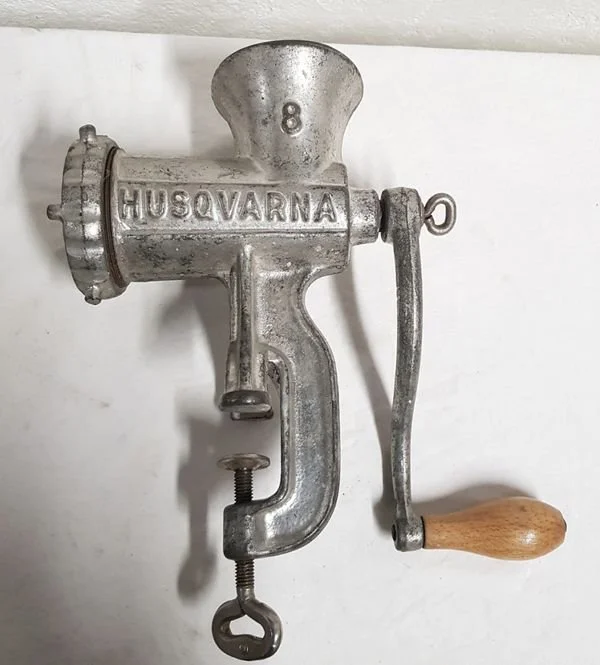The Evolution of the Kitchen Mixer: A Fascinating Journey through Time and Innovation
The intriguing history of the kitchen mixer dates back to the mid-nineteenth century, marking its emergence as a quintessential appliance for every culinary enthusiast.
It all began in 1856 with Ralph Collier’s pioneering invention of a mixer featuring rotating elements, followed closely by E.P. Griffith’s introduction of the whisk. In 1857, the Monroe brothers revolutionized kitchen gadgets with their hand-turned rotary egg beater, setting the stage for a wave of innovations throughout the remainder of the century.

The acquisition of the Monroe brothers’ patent by the Dover Stamping Company propelled the “Dover beater” to fame, while Rufus Eastman’s invention of the first electric mixer in 1885 laid the groundwork for the transformative advancements to come. However, it was the commercial mixers developed by the Hobart Manufacturing Company in 1914 that truly revolutionized the landscape.
By the 1920s, household kitchens across the nation embraced popular brands like the Sunbeam Mixmaster and the Hobart KitchenAid, cementing the mixer’s status as an indispensable tool. In 1908, Herbert Johnston’s encounter with a baker kneading bread dough sparked the inspiration to craft a mechanical version of the mixer, ultimately leading to the creation of the iconic stand mixer.

The introduction of the Kitchen Aid Food Preparer by Hobart in 1919 marked a pivotal moment, ushering in a new era of kitchen efficiency and convenience. With each iteration, the mixer evolved into a symbol of modern innovation, embodying the relentless pursuit of culinary excellence and convenience in the heart of every home kitchen.
